top 7 Most Productive Electricity-Generating Dams In World

In the quest for renewable energy sources, hydroelectric power stands out for its efficiency and sustainability. Among the myriad of hydroelectric facilities worldwide, certain dams distinguish themselves not only by their size but also by their capacity to generate electricity. This article explores the seven most productive dams in the world, shedding light on their engineering marvels and environmental impact.
1- Three Gorges Dam, China


Dominating the landscape on the Yangtze River, the Three Gorges Dam is the world’s largest hydroelectric power station. With an installed capacity of 22,500 MW, it represents a pinnacle in hydroelectric engineering. However, this feat has not been without controversy, particularly concerning the displacement of people and the environmental impact.
2- Itaipu Dam, Brazil/Paraguay
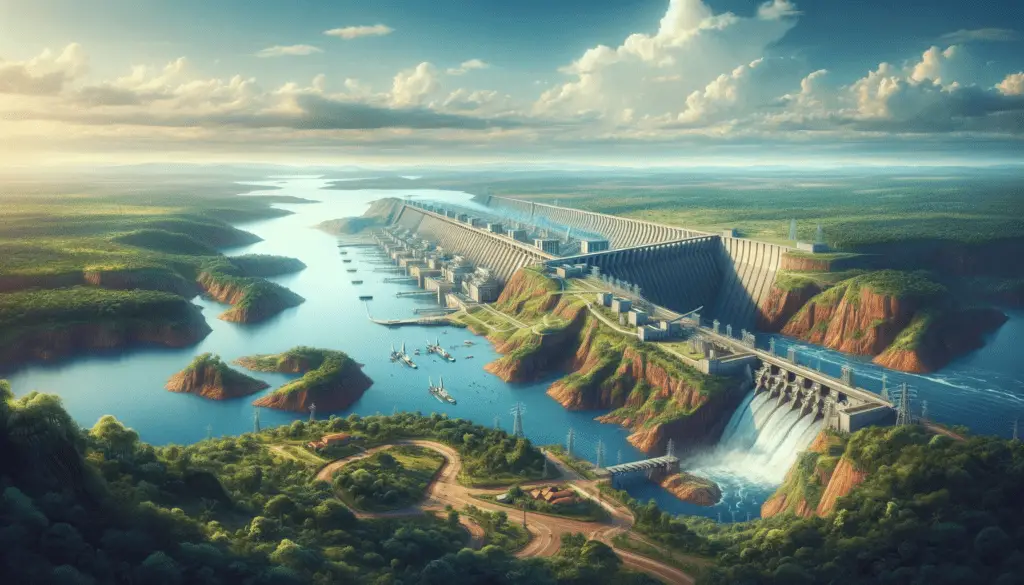

Straddling the border between Brazil and Paraguay, the Itaipu Dam is a symbol of bi-national cooperation. With a capacity of 14,000 MW, it’s a vital energy resource for both countries. Its construction in the 1980s was a significant undertaking, involving extensive environmental and social planning.
3- Xiluodu Dam, China


Another Chinese marvel, the Xiluodu Dam, located on the Jinsha River, a tributary of the Yangtze, boasts a capacity of 13,860 MW. Besides electricity generation, the dam plays a crucial role in flood control and sediment management, showcasing a balance between energy needs and environmental conservation.
4- Guri Dam, Venezuela
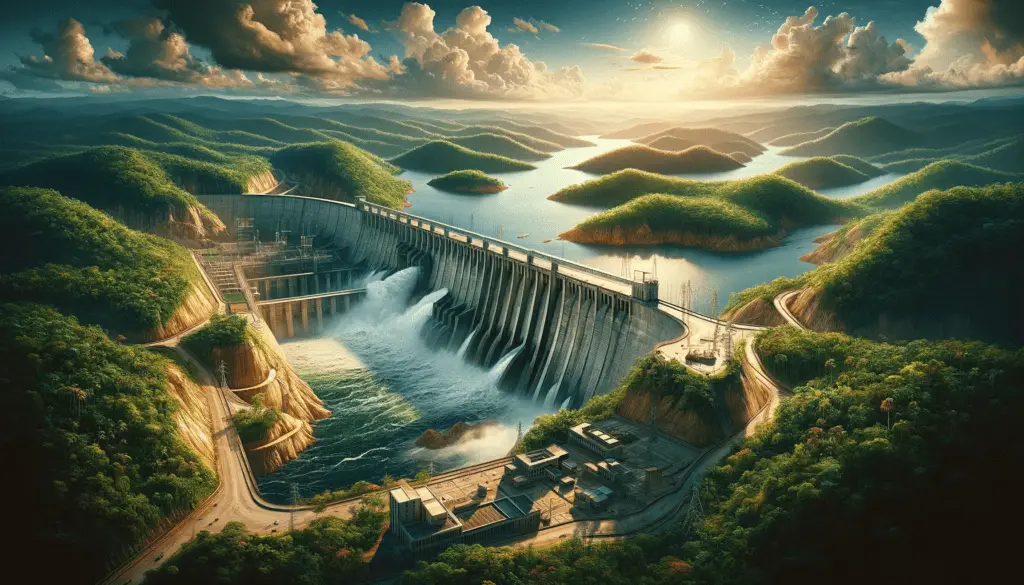

The Guri Dam, situated on the Caroni River, a tributary of the Orinoco, is Venezuela’s primary electricity source. With an installed capacity of 10,235 MW, it supports a significant portion of the nation’s power needs. The project has been instrumental in the development of the region, though it has also impacted indigenous communities.
5- Tucuruí Dam, Brazil
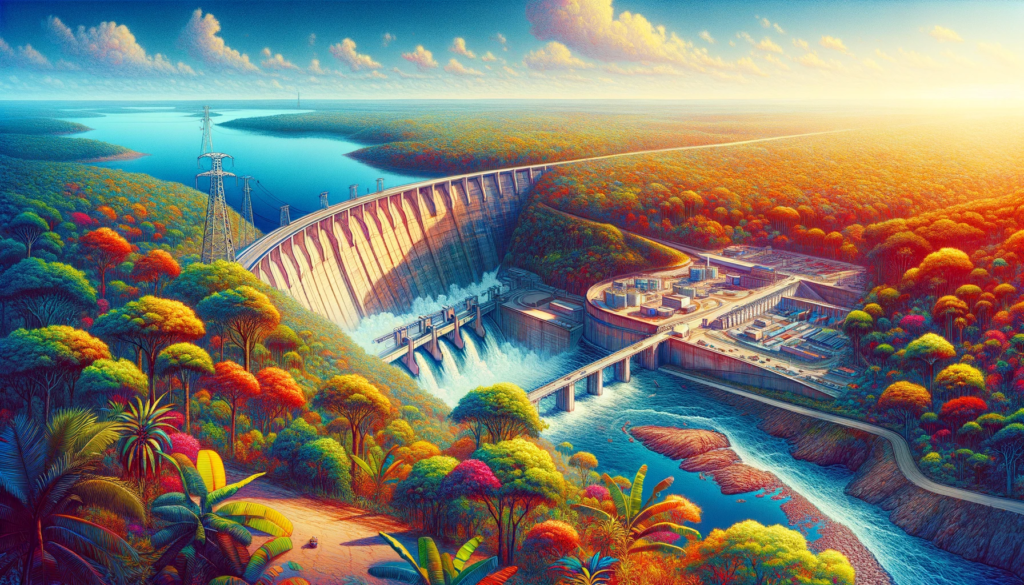

In the heart of the Amazon Basin lies the Tucuruí Dam, an essential component of Brazil’s renewable energy infrastructure. With a capacity of 8,370 MW, it exemplifies the balance between harnessing natural resources and preserving the unique biodiversity of the Amazon rainforest.
6- Grand Coulee Dam, USA
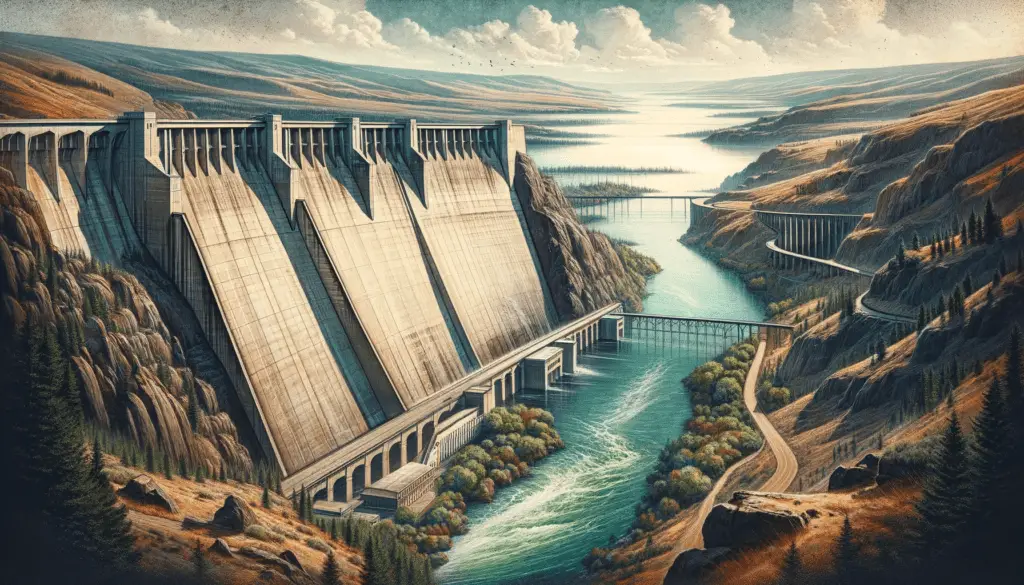

The Grand Coulee Dam on the Columbia River in the United States is a testament to multipurpose dam construction. Its capacity of 6,809 MW supports electricity generation, irrigation, and flood control. The dam’s role in regional development since its completion in 1942 has been substantial.
7- Sayano-Shushenskaya Dam, Russia
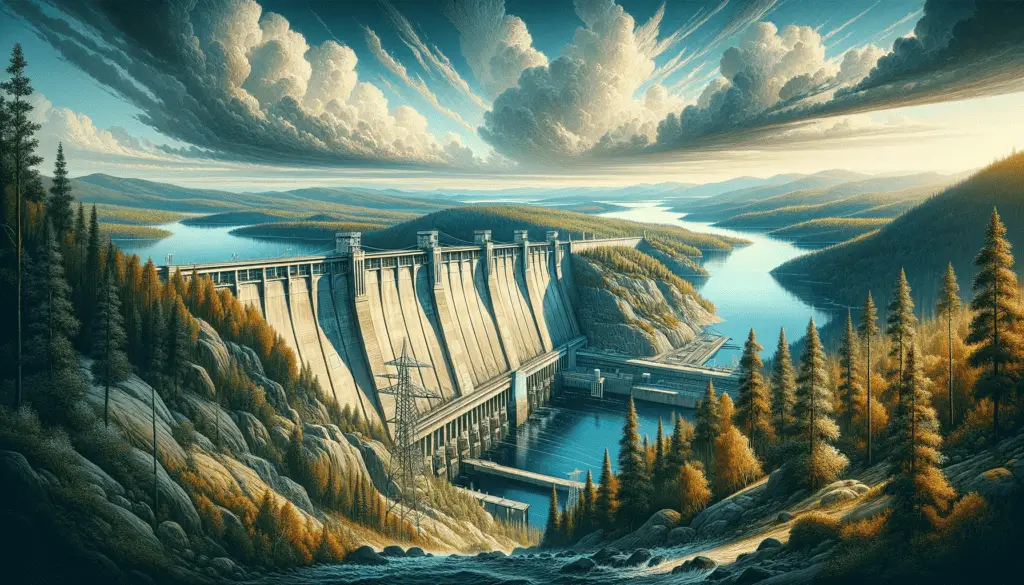

Overlooking the Yenisei River, the Sayano-Shushenskaya Dam in Russia, with a capacity of 6,400 MW, is a key player in the nation’s energy sector. The dam’s construction in the late 20th century was a significant engineering achievement, though it has faced challenges, including a tragic accident in 2009.
Environmental and Social Impact
While these dams are engineering marvels, they also come with environmental and social costs. The displacement of communities, the alteration of ecosystems, and the impact on wildlife are significant concerns. Balancing energy needs with sustainable development remains a critical challenge.
Conclusion
These seven dams are more than just structures; they are symbols of human ingenuity and our ability to harness nature’s power. As the world moves towards more sustainable energy sources, the lessons learned from these hydroelectric giants will undoubtedly shape future developments in renewable energy.




